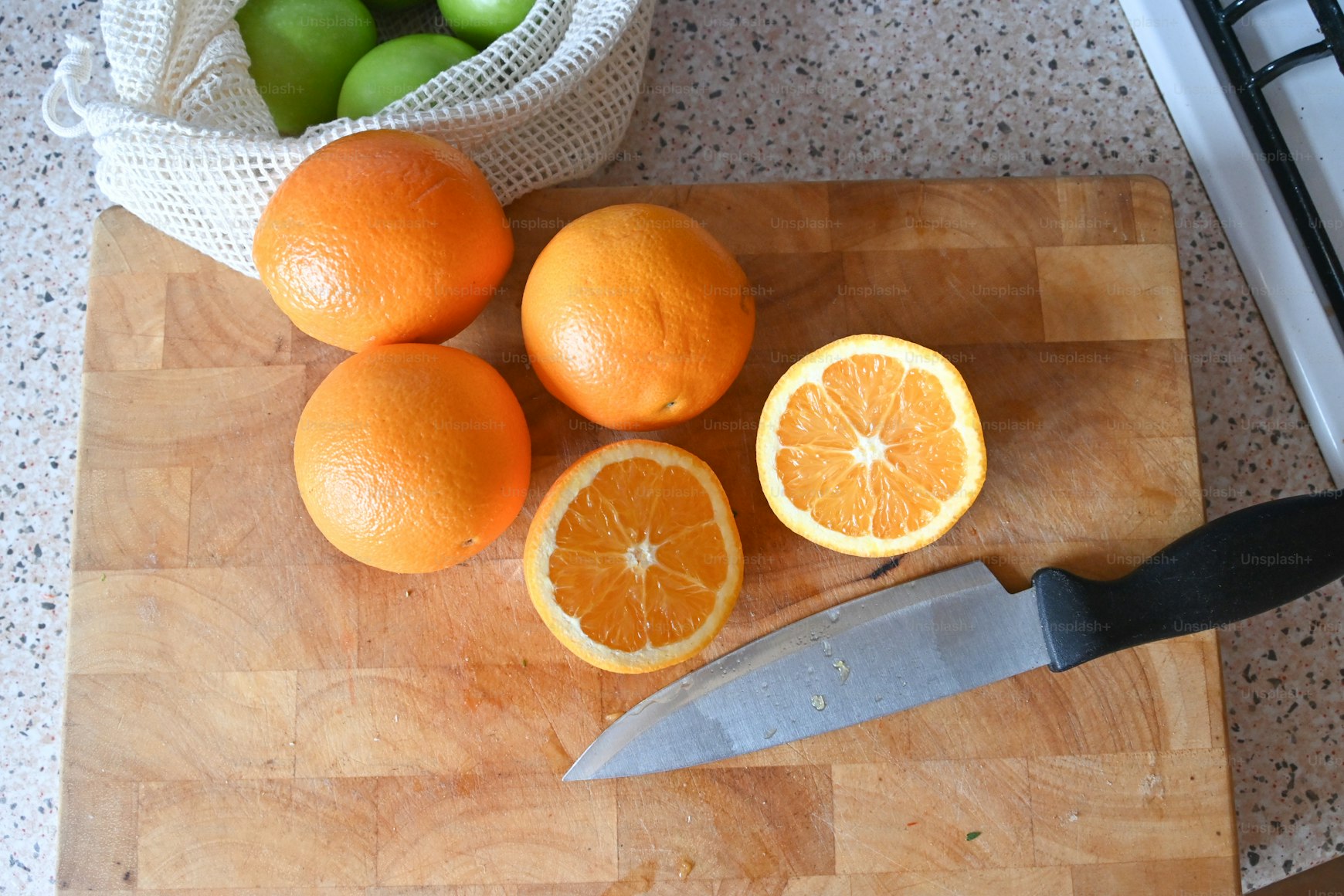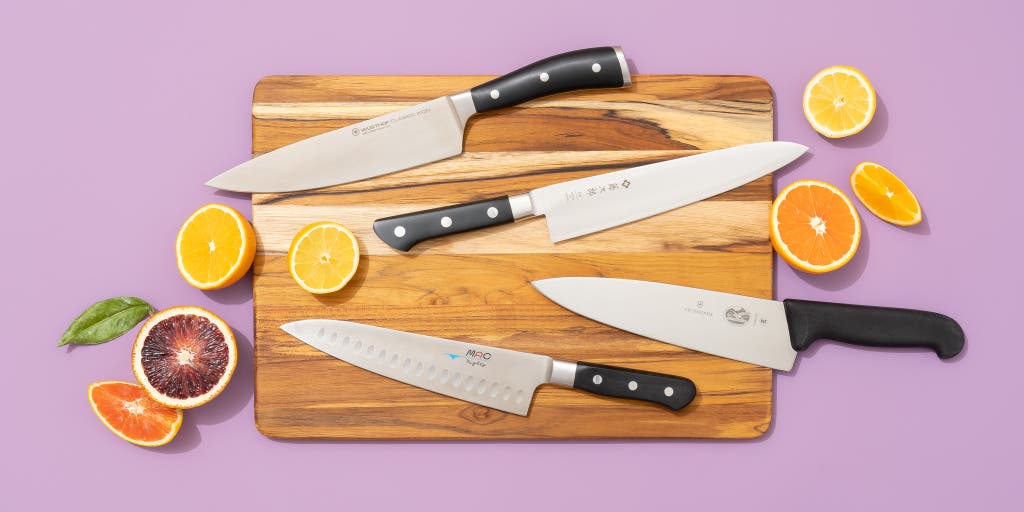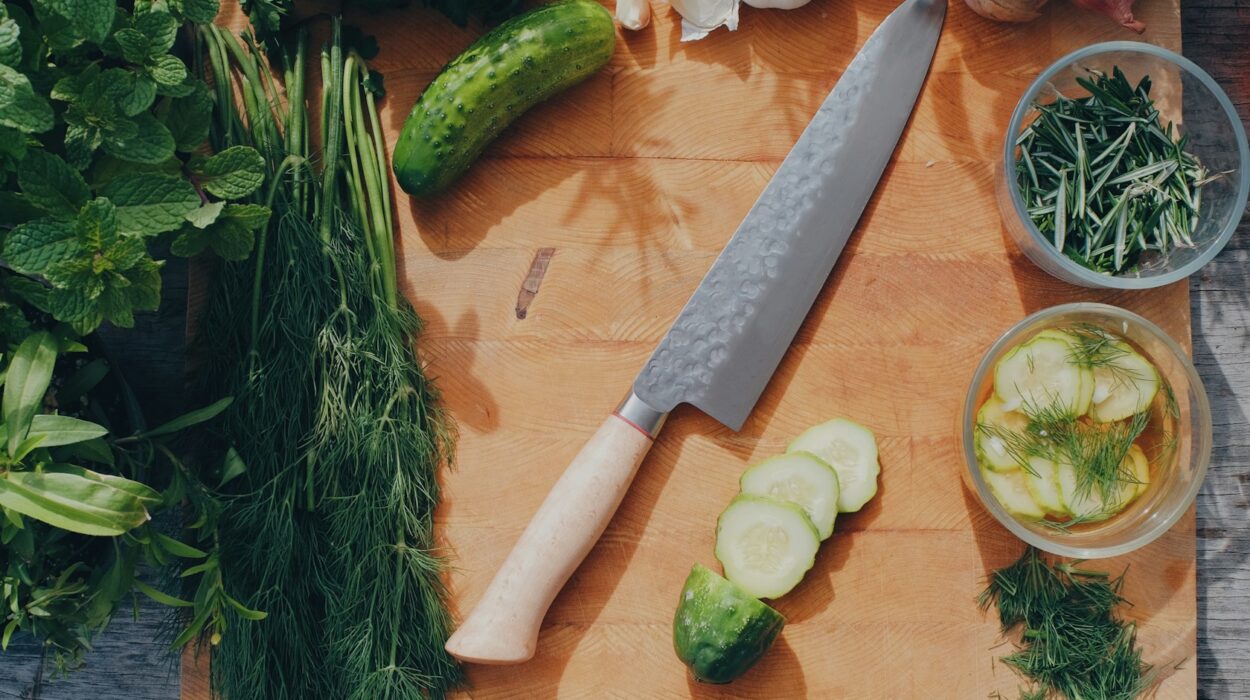Choosing the right chef knife is a crucial decision for any kitchen hobbyist. With countless options available, it can be overwhelming to determine which one best suits your needs. This article will help you understand what to look for when buying a chef knife, ensuring you make an informed and delighted choice. Let’s dive in!

Importance of a Good Chef Knife
A good chef knife is the backbone of any kitchen. It is essential for a variety of tasks, from chopping vegetables to slicing meat. Investing in a quality chef knife can significantly improve your cooking experience, making it more efficient and enjoyable.

Types of Chef Knives
Western vs. Japanese Knives
Chef knives typically fall into two main categories: Western and Japanese. Western knives are known for their versatility and durability, while Japanese knives are celebrated for their precision and sharpness.
Different Blade Types
Consider the different blade types, such as a standard chef knife, Santoku, and Gyuto. Each blade type has its own unique characteristics, catering to various culinary needs.

Blade Material
Stainless Steel
Stainless steel blades are popular due to their resistance to rust and corrosion. They are easy to maintain and offer good durability.
High-Carbon Steel
High-carbon steel blades are renowned for their sharpness and edge retention. However, they require more maintenance to prevent rust and corrosion.
Ceramic Blades
Ceramic blades are incredibly sharp and lightweight, but they are more prone to chipping and breaking compared to steel blades.

Blade Construction
Forged vs. Stamped Blades
Forged blades are made from a single piece of steel, offering superior durability and balance. Stamped blades, on the other hand, are cut from a sheet of steel, making them lighter and more affordable.
Blade Edge
Smooth vs. Serrated Edge
A smooth edge is ideal for precise cuts and easy sharpening, while a serrated edge is perfect for cutting through tough or crusty surfaces.
Handle Design
Material
Handles can be made from various materials, including wood, plastic, and metal. Choose a handle material that feels comfortable and provides a secure grip.
Ergonomics
Consider the ergonomics of the handle. A well-designed handle reduces hand fatigue and ensures better control during use.
Knife Balance
A well-balanced knife offers better control and reduces the risk of accidents. To test the balance, hold the knife by the handle and see if it feels evenly weighted.
Weight of the Knife
The weight of a chef knife is a matter of personal preference. Some prefer a heavier knife for more control, while others may opt for a lighter knife for agility.
Price Range
Chef knives come in a wide range of prices. Determine your budget and find a knife that offers the best value for your money.
Brand Reputation
Consider reputable brands known for their quality and reliability. Read reviews and seek recommendations from other kitchen hobbyists.
Maintenance and Care
Proper maintenance and care are vital for the longevity of your chef knife. Regular sharpening and proper storage will ensure your knife remains in excellent condition. Learn more about keeping knives sharp.
Conclusion
Choosing the right chef knife involves careful consideration of various factors. By understanding what to look for when buying a chef knife, you can make an informed decision that enhances your cooking experience. Happy cooking!
FAQs
What is the best material for a chef knife blade?
The best material depends on personal preference and intended use. Stainless steel and high-carbon steel are popular choices for their durability and sharpness.
How often should I sharpen my chef knife?
Sharpening frequency depends on usage. Regular honing is recommended, and a thorough sharpening every few months will keep the blade in optimal condition.
Can I use a ceramic knife for all kitchen tasks?
Ceramic knives are best suited for specific tasks like slicing vegetables and fruits. They are not ideal for cutting through bones or frozen foods.
For more information on knife maintenance, visit this useful guide.
As an Amazon Associate, I earn from qualifying purchases.
As an Amazon Associate, I earn from qualifying purchases.


